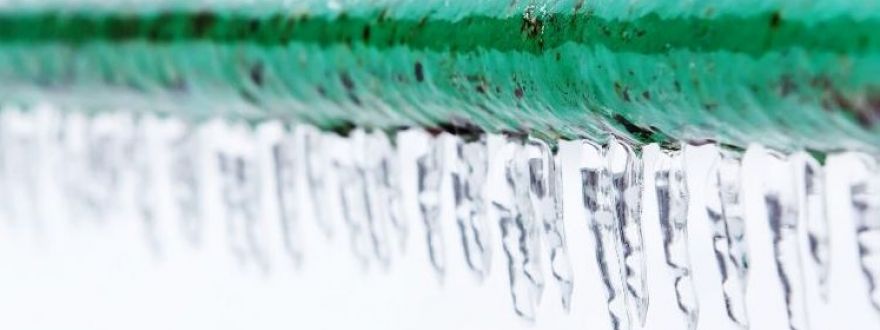
Living in a place where the temperature can drop below zero may sound exciting to those living elsewhere. But the difficulties of residing in such places are well known only to those who've suffered defrosting pipes just to get access to water.
Get help with your legal questions.
Almost every building has systems that are vulnerable to frozen pipes, such as ventilation and air conditioning equipment, sanitary systems, fire protection equipment, and piping among others. Frozen pipes not only affect personal life but also businesses.
Fire protection equipment such as fire hydrants, extinguishers, water mains, post indicator valves, and sprinkler systems among others are vulnerable to freezing temperatures. Most times, a fire is also caused by improper defrosting techniques.
In such a case, it might prove difficult to contain the flames with frozen equipment. Hence, it becomes important to ensure that all fire protection equipment is not damaged and operating effectively.
How to keep your fire protection equipment operating effectively?
Frozen pipes are a potential risk when the temperature drops below zero. For a business, unless the owner has affordable coverage and a proper defrosting system, a fire could result in devastating losses. The condition of a homeowner is no different either.
Unless the homeowner has homeowners insurance or a life insurance plan, a fire could lead to massive financial loss.
How can you prevent this from happening? What can you do to ensure that your fire protection equipment is operating effectively this winter?
Wet-pipe fire sprinkler: They are filled with water and are highly vulnerable to freezing temperatures. Maintaining a 70-degree-F temperature in the facility is not sufficient. You will also need to ensure that no windows or doors expose the fire sprinkler system to the cold.
You can also prevent freezing up of the fire protection system by:
- insulating the pipes that are subject to the chill
- regular check-ups of the fire sprinkler system
Dry-pipe fire sprinkler: Despite what their name suggests, they don’t remain completely dry. Water and condensation accumulate over time and flow to low point drains. Make sure to empty this drain before the onset of winter and inspect whether the dry-pipe compressor is working properly. Next, ensure that the pipe systems are set to manufacturer’s air pressure ratio specifications.
Fire pumps: They provide the water pressure required by the fire sprinklers during a fire. Make sure to drain the test header after an annual fire pump test. Also, maintain 40-degree F temperature in the pump room, and 70-degree F for the diesel pump room without engine heaters.
Fire Department Connection: Since the FDC is located in the exterior of the building, it is vulnerable to freezing temperatures and can take its toll on the internal components. You must ensure that the auto ball drip of the fire sprinkler has passed its inspection. Ensure that the service provider performs an internal check valve at least once in five years.
**Remember that freeze protection tips are based on the type of fire sprinkler.
Make sure that you hire someone with adequate expertise in maintaining fire protection equipment. A simple mistake can lead to devastating consequences that are difficult to overcome.
